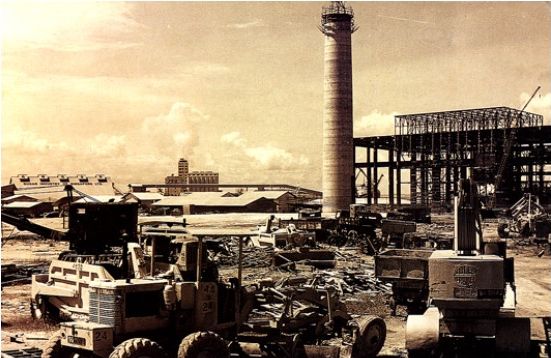-
Archives
- November 2021
- March 2021
- November 2020
- November 2019
- August 2019
- May 2019
- November 2018
- September 2018
- August 2018
- May 2018
- April 2018
- March 2018
- February 2018
- November 2017
- September 2017
- June 2017
- July 2016
- May 2016
- November 2015
- October 2015
- April 2015
- February 2015
- January 2015
- November 2014
- October 2014
- September 2014
- August 2014
- July 2014
- June 2014
- May 2014
- April 2014
- February 2014
- January 2014
- November 2013
- October 2013
- September 2013
- August 2013
- June 2013
- May 2013
- April 2013
- March 2013
- January 2013
- September 2012
- June 2012
- May 2012
- April 2012
- March 2012
- February 2012
- January 2012
- December 2011
- November 2011
- August 2011
- June 2011
- May 2011
- March 2011
- September 2010
- August 2010
- July 2010
- June 2010
- February 2010
- October 2009
- September 2009
- August 2009
- July 2009
- June 2009
- May 2009
- February 2009
- January 2009
- October 2008
- September 2008
- January 2007
- May 2005
-
Meta
You are at:
Exploring Jurong: the ‘Garden Industrial Estate’
No Comments
A bus trip with Dr Lai Chee Kien
Sat, 27 September 2014, 7.30am – 1pm
Meet: Jurong East Library, front entrance
SHS members: S$25 per person
Non-members: $40 per person
Limited to 40 participants.
To register, please email
shs.secretary@gmail.com
Once known as cynics as “Goh’s Folly”, Jurong’s real heritage extended beyond its original designations, altered landscapes, and future makeovers. From the 1960s, Singapore’s main industrial district was an alternative to Ebenezer Howard’s planning ideas, as the world’s only “Garden Industrial Estate” that actively created and imagined greenery and recreational areas interspersing work areas of different intensities, rather than zoning them neatly. The Bird Park, Jurong Hill Park, Chinese and Japanese Gardens, reservoir and lake areas, alongside many well-planned recreational areas and JTC housing estates and amenities, made Jurong a unique site of labour from those in the rest of the world, with greenery as attributive and functional relief, in its planning and intended for its workers and residents.
Join architectural and urban historian, Dr Lai Chee Kien, as we explore Jurong’s industrial and green heritage. Starting from the old Jurong Hill, we shall travel past Pandan and Teban Gardens, and visit Pandan Reservoir as well as Jurong Hill Park, witnessing the trees planted by foreign dignitaries and view Jurong Island from the tower. From there, we will past through factory areas and visit Boon Lay Gardens. If time permits, we might visit the former Nanyang University and finally conclude our tour at Thow Kwang Pottery Jungle. The bus will return to the starting point at the Jurong East Library.



